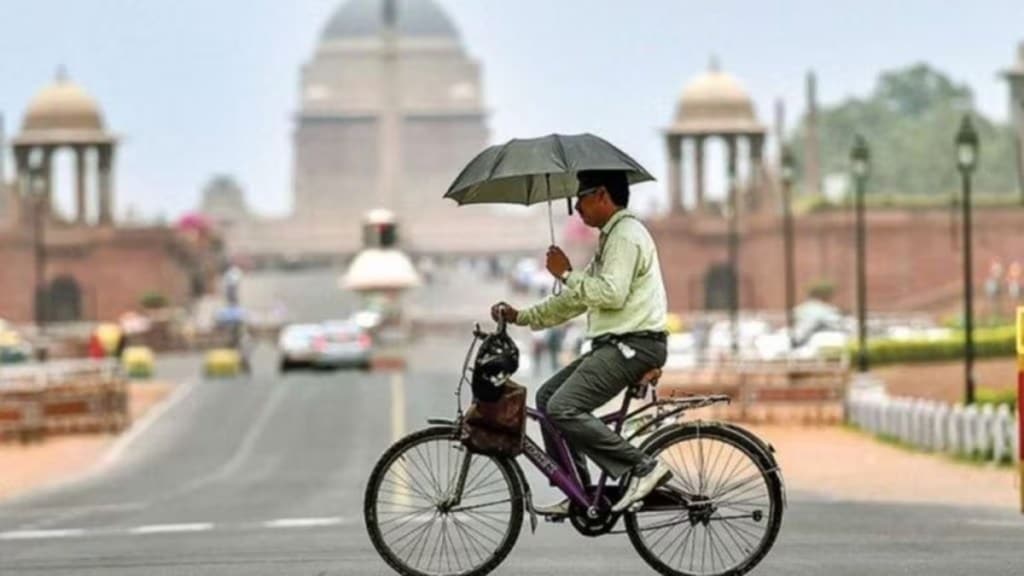The India Meteorological Department (IMD) has placed Delhi under a ‘red alert’ as the national capital continues to reel under a severe heatwave, with maximum temperatures in several areas reaching 45°C. The alert which was issued on Wednesday is expected to remain in effect through June 12, with marginal relief anticipated starting June 13 night due to an approaching western disturbance.
As per IMD’s daily weather bulletin, “Heatwave conditions are likely to prevail at many places across Delhi-NCR,” with the temperatures between 44°C and 46°C. The highest temperature was recorded at Ayanagar as 45.5°C, while the city’s base observatory Safdarjung recorded 43.8°C, both well above the seasonal average.
Humidity remained at around 39% during early morning hours, but dry south-westerly winds aggravated levels of discomfort. The red alert is the most severe warning level under IMD’s system and prompts immediate action to avoid heat-related illnesses. People, especially children, elderly persons, and those with pre-existing conditions, have been requested to remain indoors during the hottest part of the day, drink plenty of fluids, and abstain from physical outdoor activity.
Dr. Naresh Kumar, senior scientist at IMD, said severe heatwave conditions across northwest India, including Delhi, Haryana, Punjab, and Rajasthan, are expected to continue until June 12. “Delhi-NCR is under red alert today and tomorrow, followed by an orange alert on June 13,” he noted. Relief in the form of light rain and thunderstorms is likely from the night of June 13 as a western disturbance begins to impact the region.
The IMD has forecast partly cloudy skies on June 12 and 13, with dusty winds gusting up to 60 kmph during potential thunderstorms. Maximum temperature is expected to ease slightly after June 14, accompanied by light to moderate rainfall, offering some respite from the ongoing heat.
Meanwhile, Delhi’s air quality also declined, with AQI at 225 on Wednesday afternoon, categorised as ‘poor’. Authorities have urged residents to remain vigilant and adopt protective measures as the capital faces a double burden of extreme temperatures and declining air quality.
(With inputs from PTI)

